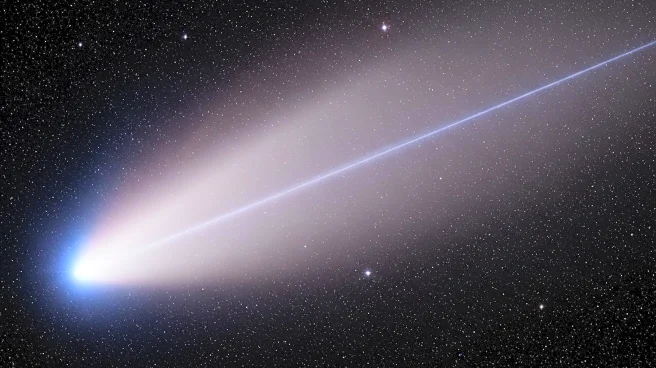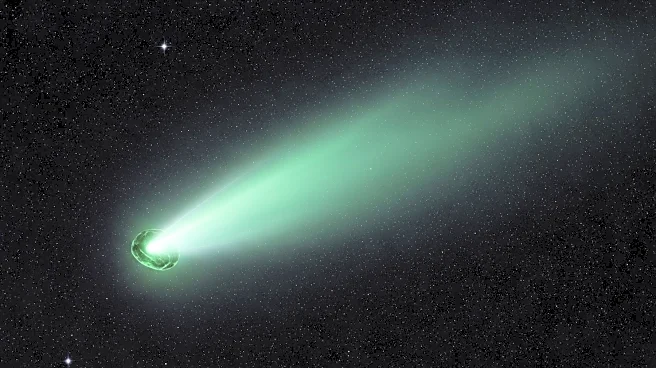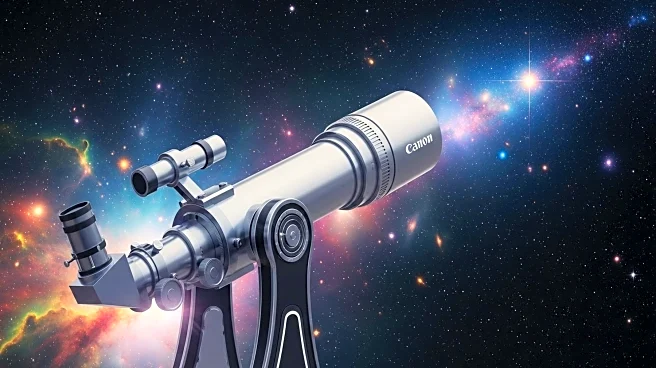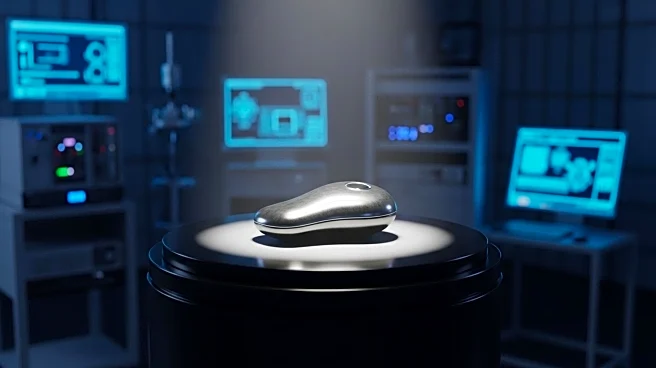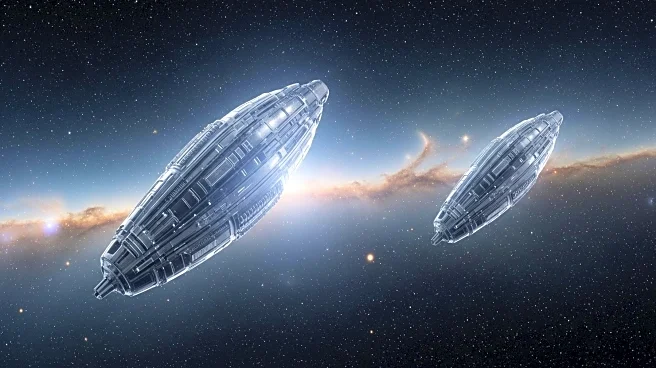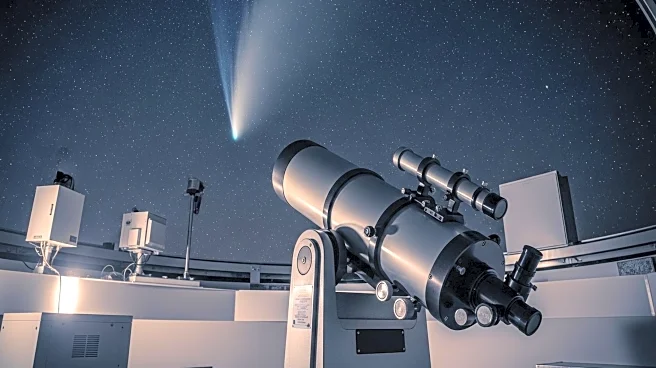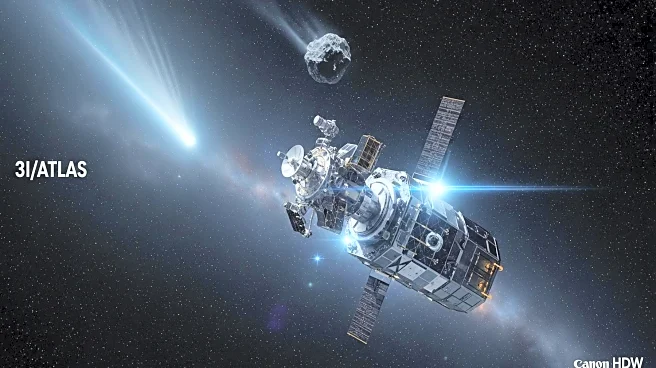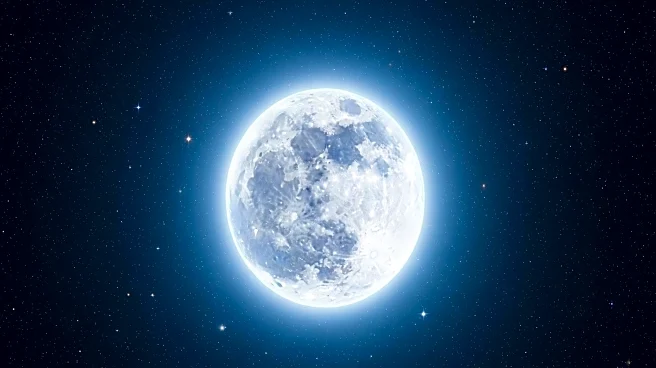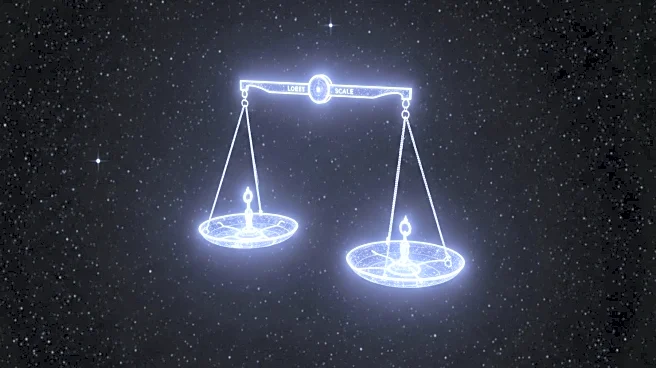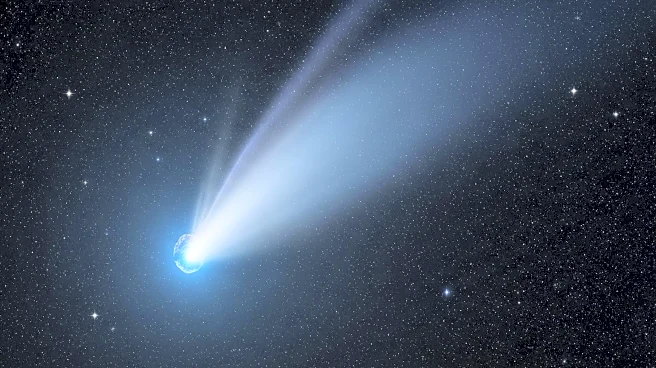What's Happening?
Recent observations from the Hubble Space Telescope have revealed a unique feature in the interstellar object 3I/ATLAS. Unlike typical comets, which have tails pointing away from the Sun due to solar radiation pressure, 3I/ATLAS exhibits a sunward glow that is ten times longer than it is wide. This phenomenon, known as an anti-tail, has not been observed in other comets. The study, co-authored by Avi Loeb and Eric Keto, suggests that the glow is caused by ice fragments rather than dust, which are evaporated by sunlight and extend towards the Sun.
Why It's Important?
The discovery of the sunward glow in 3I/ATLAS challenges existing theories about cometary behavior and composition. It suggests that interstellar objects may have different physical properties compared to solar system comets. This finding could lead to a reevaluation of how scientists understand the formation and evolution of comets, as well as the processes that govern their interactions with solar radiation. The study highlights the importance of continued observation and analysis of interstellar objects to uncover new insights into the universe.
Beyond the Headlines
The presence of an anti-tail in 3I/ATLAS raises questions about the materials and processes involved in its formation. The study's findings could have implications for the search for extraterrestrial life, as understanding the composition of interstellar objects may provide clues about the building blocks of life beyond Earth. Additionally, the unique trajectory and composition of 3I/ATLAS could inform future missions aimed at exploring interstellar space.
